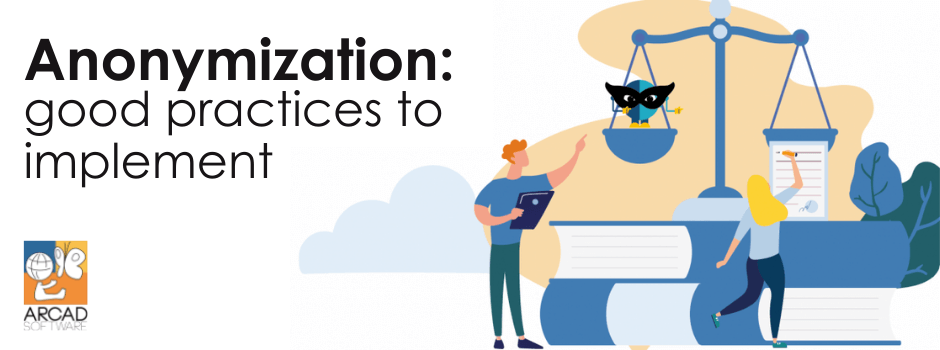
Anonymizing individual data can be a real headache for organizations. Because the rules laid down by the GDPR are extremely restrictive and because complete anonymization is very complex and costly (if not impossible), many organizations opt for partial anonymization (pseudonymization) that is dynamic and well adapted to the real risks in their specific context.
1. Choosing pseudonymization and a progressive approach
The first guideline when it comes to data anonymization is not to adopt an all-or-nothing attitude. It is almost impossible to anonymize data to the level demanded by the GDPR, but this is no reason not to act and to fail to initiate a progressive and pragmatic anonymization process. Such a process is known as partial anonymization, or pseudonymization.
The main goal of pseudonymization is to reduce data exposure to only those who need it for processing (information processors). Such access de facto prohibits what can be considered as total anonymization, but in reality is largely sufficient in terms of protection for most organizations.
Anonymization is a gradual and iterative process. It is important to bear in mind that actions taken early are a worthy investment that will ultimately consolidate and optimize the anonymization and security of user data over the long term.
2. Customized anonymization to reduce attack surfaces
When it comes to data anonymization, each organization is unique and must be examined in context. It is the specific risks of each entity that should guide the best practices to use to protect user data, as this is ultimately the objective of any anonymization process.
Finally, to be effective, the anonymization process must determine which attack surfaces to address in order to protect the data. In most cases, these are not the production environments, but the organization’s entire digital ecosystem, including its website or related applications.
It is by identifying their levels of risk and weaknesses upstream that organizations are most effective in achieving optimal data anonymization. This is essential to meet specific challenges of each organization, even in the case of a partial pseudonymization process.

